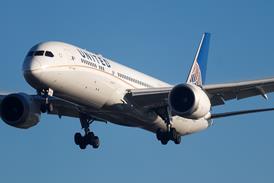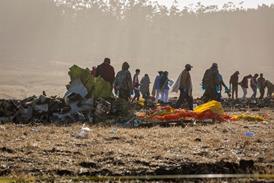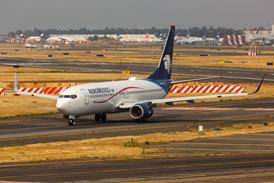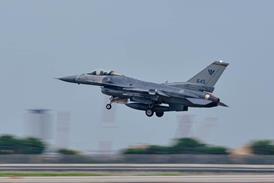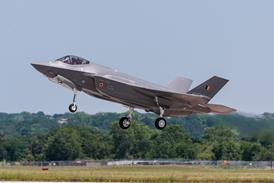Paul Lewis/FORT WORTH
The first Bell/Agusta Aerospace BA609 civil tiltrotor is nearing structural completion, paving the way for functional testing to start next August.

Bell has completed splicing of the BA609's three fuselage sections and installation of the tiltrotor's two rotating-wingtip engine nacelles. The wing and fuselage will be moved to the company's Arlington plant where it is planned to mate the two sub-structures by the end of the month. "The wing was mated to the nacelles last week and the fuel system has been installed and checked. We plan to complete final assembly in March," says Art Gravley, the BA609 programme manager.
The company is now waiting for delivery of the first three "formal drops" of flight control software from BAE Systems. A combined systems integration laboratory and iron bird has been running for the last six months using preliminary engineering software.
Assembly of the wing and nacelles for the second instrumented flight prototype is also underway. The aircraft is due to fly in November 2001, having slipped two months in order to accommodate shake testing which the first prototype had been scheduled to do. Bell, however, is keen to avoid any further delay to the first flight, which is now eight months behind its original schedule.
Bell then plans to transfer fuselage tooling to its new partner Fuji by mid -2001. The Japanese company has already seconded staff to Bell's Fort Worth plant and is contracted to supply its first production shipset by mid-2003. At the same time, production of the wing will move to Bell's new Amarillo plant - the site of BA609 final assembly. An additional fuselage is being produced for Bell to conduct fatigue and load tests. Agusta, which will have a 50% share in the US-based flight test programme, is responsible for static testing of the tiltrotor's wing. The third prototype is also due to fly in November and the final aircraft in January 2002, with both being employed for avionics testing. A planned 2,000h flight test programme is due to be concluded by the end of 2003, with type certification now due in December.
Source: Flight International

